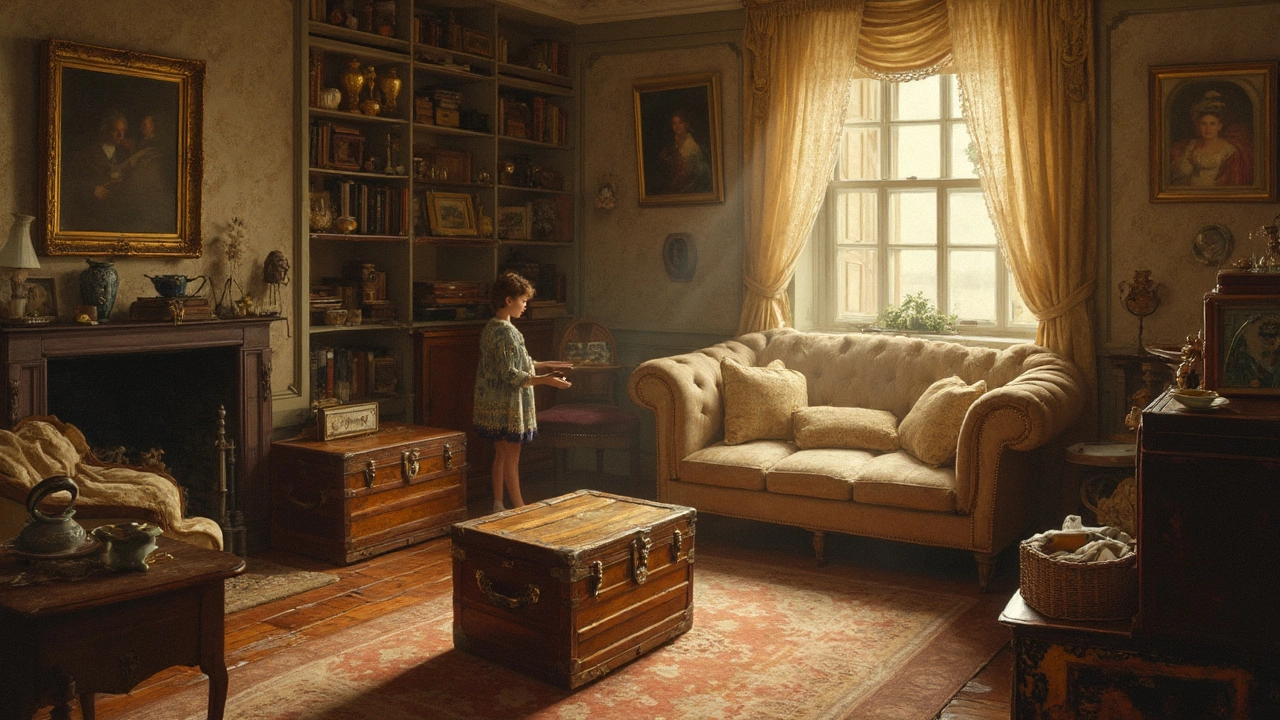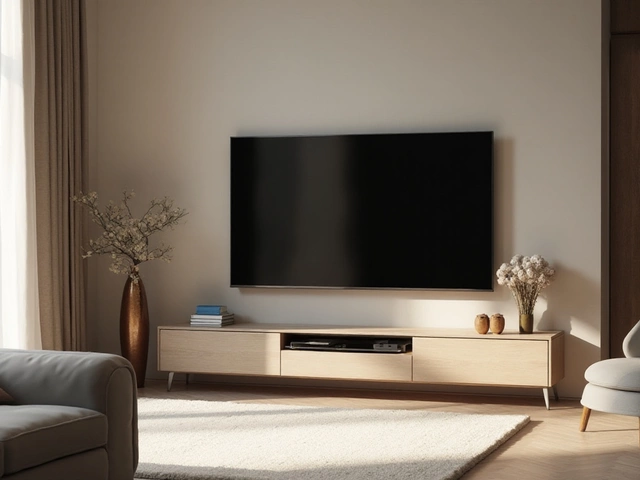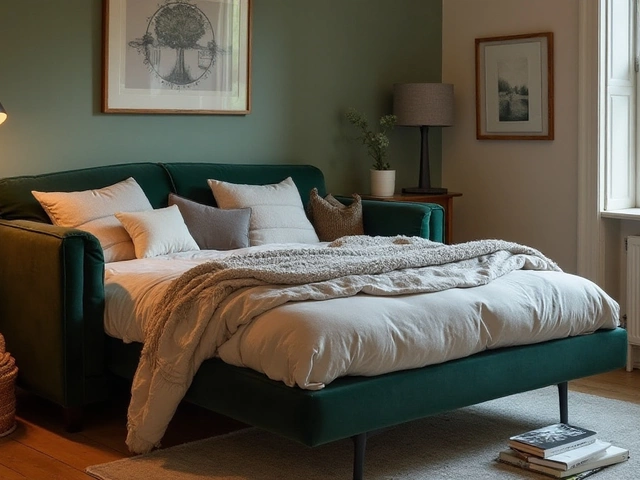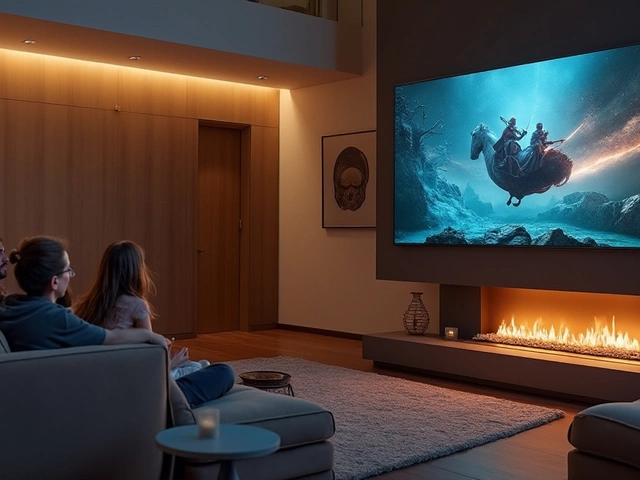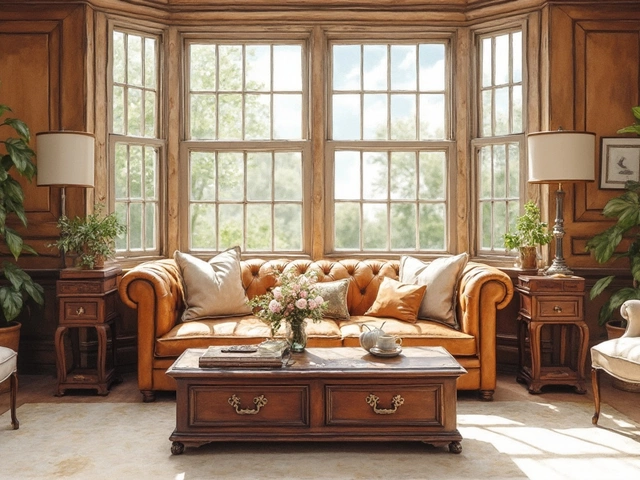Old Houses Furniture Ideas: Simple Ways to Blend Vintage Charm and Modern Comfort
If you live in an old house, you probably love the character that comes with historic walls, high ceilings, and original woodwork. At the same time, you want comfortable seating, sturdy desks, and storage that works for today’s needs. The good news? You don’t have to choose between preserving heritage and enjoying practical furniture. Below are real‑world tips that let you keep the charm while adding the functionality you need.
Pick Pieces That Respect the Architecture
Start by looking at the room’s proportions. An old study with tall windows and a crown molding will feel cramped if you fill it with a massive modern sectional. Instead, choose a mid‑size desk or a tufted armchair that matches the scale of the space. Wooden furniture with a natural finish often complements historic plaster and floorboards better than glossy, high‑gloss items.
Mix Materials for a Balanced Look
You can keep the old‑house vibe alive by pairing traditional wood with contemporary metal or glass. For example, a solid oak bookshelf works great beside a sleek metal file cabinet. The contrast adds visual interest without clashing. If you need classroom‑style seating, look for ergonomic chairs that have a wooden frame—these give you comfort for long study sessions while still fitting the aesthetic.
Don’t forget about textiles. Slipcovers in muted tones or simple patterns can soften a hard‑edge chair and protect original fabric. Throw pillows in linen or wool add a cozy layer and can be swapped out as trends change.
Flooring is another place to blend old and new. If you have original hardwood, use area rugs with modest designs to define zones – a reading nook, a study area, or a play corner. Rugs protect the floor and bring warmth, especially in draughty old homes.
When it comes to storage, think vertically. Tall, narrow cabinets use less floor space and keep the room feeling open. Look for pieces with adjustable shelves – they let you store books, lab equipment, or art supplies without needing a whole new unit.
Lighting can make a huge difference. Antique brass lamps or a restored chandelier keep the period feel, while LED bulbs give you energy efficiency and better illumination for modern tasks. A desk lamp with an adjustable arm helps students focus without straining their eyes.
Finally, keep maintenance in mind. Choose furniture that’s easy to clean and repair. Solid wood can be sanded and refinished if it gets scratched, whereas upholstered items with removable covers can be washed. This approach saves money and extends the life of your pieces, which is essential for older homes that already have a story to tell.
By selecting furniture that respects the building’s history, mixes materials wisely, and offers modern comfort, you create a space that feels both timeless and livable. Old houses have plenty of character – let your furniture highlight it, not hide it.
